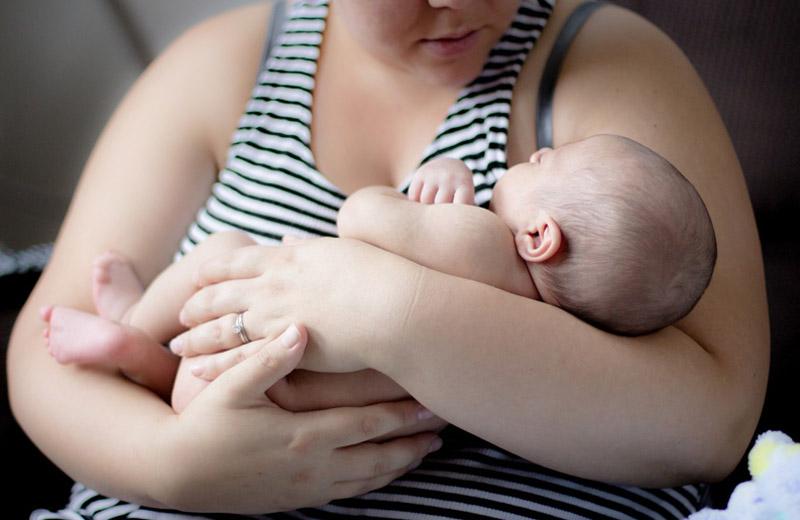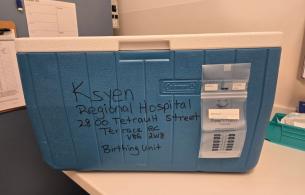(This story was co-written by Gloria Fox and Randi Parsons.)
While welcoming a new baby is a special time for parents and families, it isn’t always easy. There’s a lot to juggle in the early postpartum period (the first 6 weeks after childbirth), so it makes sense that new moms may find it hard to prioritize their own self-care.
Building NEST-S
Self-care for new moms supports their physical, emotional, and mental well-being. Along with healthy eating and adequate rest, physical activity can help with a smooth postpartum recovery. Remember the acronym NEST-S for good self-care:
- N – Nutrition
- E – Exercise (also called physical activity)
- S – Sleep and rest
- T – Time for yourself
- S – Support
Is it safe?
Research shows that physical activity is safe in the early postpartum period. Women with healthy pregnancies and uncomplicated vaginal deliveries can resume physical activity slowly and gradually, as soon as they feel comfortable.
For women who experience postpartum complications (such as heavy bleeding or sutures) or deliver by caesarean section (also known as C-section), it’s best to seek direction and advice from their health care provider before becoming physically active.
Why it’s so important
Resuming physical activity in the early postpartum period helps to:
- Manage stress and anxiety
- Boost mood and energy levels
- Improve quality of sleep
- Promote bonding time with baby
- Strengthen heart, lungs, muscles, and bones
- And more!
Some activities to try
There is a variety of activities out there. Women are encouraged to always listen to their bodies and ensure they’re not overdoing it. Start slowly and gradually increase the level of activity over a period of weeks. Consider trying the following:
- Kegel exercises – this helps strengthen the pelvic floor muscles.
- Walking outdoors with baby in a stroller or wearing a sling/carrier – a great way to bond with baby.
- Yoga and Pilates – these activities can vary in intensity, so look for gentle or prenatal/postpartum-specific options.
- Muscle strengthening (such as weight training, moving or dancing while holding baby, and light abdominal exercises).
- Swimming – it’s important to wait until after any bleeding has stopped.
Important reminders
- Focus on safe activities that are enjoyable and can fit into the day-to-day routine. Partners and household family members can join too; a great way to help a mom meet her physical activity goals!
- Work up to the “gold standard” of 150 minutes (2.5 hours) of physical activity per week, spread out over 3 or more days. Start small - any amount of activity is beneficial! It’s more important that the level of activity is feasible; it should never feel overwhelming.
- It’s important for mothers to listen to their bodies and not overdo it. Slowly increasing the level of activity over a period of weeks can help. If there are any setbacks or an increase in bleeding, back off for a bit and resume again, slowly and when ready.
- Breast milk production is not negatively affected by physical activity. Some babies prefer to feed before their moms exercise. Learn more about Physical Activity and Breastfeeding.
- As always, contact a health care provider with any questions or concerns.
It takes time to adjust
Every mom is different. There’s no magic number for when the timing is right to resume physical activity after a baby is born. The goal is to focus on activities that bring joy and improves overall physical, emotional, and mental well-being. To learn more about physical activity and self-care in the postpartum period:
- Call 8-1-1 to get more information from qualified exercise professionals at HealthLink BC
- Read about Your Emotional Health in Baby’s Best Chance: Parents’ Handbook of Pregnancy and Baby Care
- Check out Staying Active When You Have Young Children by HealthLink BC














Comments